The end is nigh. The end is upon us. We are, of course, talking about the end of the calendar year, and this means voting for the best of the best. In a few days, we will have the grand Dedoimedo best distro contest, but before we do that, let’s do a more specific vote. Namely, let’s elect the finest KDE distro of the current year.
We did this last year, and the winner was Kubuntu Ringtail. It proved out to be a very solid, polished distribution, with good stability and good looks. Now, why would you care? Well, because Linux is in a state of vacuum, and KDE is one of the last remaining veterans of the old guard. However, that should not worry you. In fact, you should be glad, because not only do we have KDE4, there’s also Plasma 5, and that makes this vote as well as the future all the more intriguing. Let us begin then, and yes, for those asking, we will have a similar round of votes for Xfce very soon. Now, to business.
Candidate 1: Netrunner Rolling 2014.04
You will probably think I’ve gone mad, but there, I have listed a distribution that is actually based on Arch and Manjaro, two distributions that normally toll their users in pints of blood rather than CPU percentage. And yet, despite the dreadful heritage, this is a surprisingly well tailored distribution. It shares the DNA with the stock Netrunner, but then, it’s that much different to be its own product.
At the moment, Netrunner Rolling does feel a little like a gamble, though, because the recent 2014.09 release kind of missed the boat and sank the submarine and all its crew with a less than ideal offering, including many bugs and problems, some carried over from the previous edition. That said, I do believe this particular distro has future, and it can be molded into an excellent fire-and-forget formula for new and advanced users alike. Hence its presence on this most hallowed of lists.
Arguably, Netrunner Frontier is a better distribution, in terms of overall packaging, quality and stability. But given the choice between the two, I’ve decided to go with the underdog, simply because the expectations from something based on Arch and something based on Kubuntu are that much different.
Candidate 2: Fedora 20
I’m cheating. But the thing is, I have not included this distro in the last year’s contest, so we will be including it here, right now. And frankly, it deserves to be included. It’s a rare moment when I’m not raging against the machine, I mean Fedora, especially since what happened with the infamous 18th release. But in the 20th Century Fedora, things kind of got real neat.
Indeed, Fedora 20 KDE is a very interesting product. Despite its legacy for being beta, and accordingly, beta quality, Fedora 20 is stable, and with only a small amount of effort, you can easily boost its power, mana, armor, and spells, I mean default looks and software with some stylish and useful extras. Enough to warrant an out-of-queue, the most hideous of all crimes, late entry.
Candidate 3: CentOS 7
When I first tested CentOS 7, I was sorely disappointed, because there was no third-party content available, whatsoever. Several weeks later, additional repositories were created, and I was able to transform this server-cum-accidental-desktop distro from a slimy caterpillar into a majestic butterfly. Not as fluffy as Ubuntu’s unicorns, but good enough.
CentOS 7, when properly groomed, offers a package that is very hard to beat. Stability, long term support, very good looks, a practical approach between raw functionality and modern coolness, and despite a somewhat conservative upbringing, all the bells and whistles that the common user might need. All of this wrapped in familiar KDE goodness to warm the cockles of your heart.
Candidate 4: Kubuntu 14.10 Utopic Unicorn with Plasma 5
We shall be cheating some more. The truth is, the stock release of Kubuntu comes with KDE4, and Plasma 5 is only a Technical Preview before the next year’s spring release. But then, you can hate me and call me subjective and hold this test invalid, I simply could not resist. Like in Tarantino’s movie, Django, when Doctor King Schultz goes, I’m sorry, I couldn’t resist. Like that. So yes, we are talking about the future, right now.
Anyhow, Plasma 5 is an extremely handsome, polished, refined, and pleasant desktop environment, and when placed on top of a solid performer like Utopic Unicorn (with a capital K), you get an excellent blend of extreme aesthetics and sensible functionality that is very hard to beat. This particular edition slash spin is probably the most exciting moment of 2014, as it signifies a bright and beautiful future for the Linux desktop.
Candidate 5: OpenSUSE 13.2
Last year, I said the stardom of openSUSE seems to be behind us. Well, not anymore! The autumn release, properly enumerated 13.2 was an excellent spin, and it signals the renaissance of the green lizard. After several years of rather lukewarm performance and unsatisfying results, openSUSE once again offers a viable alternative to the Linux duopoly of Mint and Ubuntu.
To wit, OpenSUSE 13.2 uses the same superb theme we’ve seen in the last two versions, and we even used it to grace Fedora and some other distributions. Furthermore, performance and stability are excellent, you get desktop effects, a rich and varied selection of software, a very easy way of managing the distribution, and overall, an extremely balanced and well-oiled operating system that smacks of quality and finesse. A surprisingly well-executed release.
And the winner is …
As always, my needs and taste revolve around stability, predictability, continuous and consistent track record of performance and accessibility to new and intermediate users, with a safe installation process and an intuitive way of obtaining new software and seeking help to problems. Above this baseline of sanity, there must be a clever and good-looking, even expensive looking presentation layer which we call the desktop, and it has to be shiny and alluring and beautiful, and it must beckon the user to click and explore. So, which one of these five candidates offers the nearest combo to this ideal?
Well, this year, it’s openSUSE! Yes. After so long, it’s come back firing like a whole battery of MLRS. I have to admit that openSUSE really outshone the rest, giving so much without any great tweaking, hacking or begging. One might argue that there has been no reason whatsoever for the previous three releases to perform so badly, but we must judge this operating system across the sweep of an entire decade, and for many years, it has been a pillar of sanity in the Linux community, long before Ubuntu came about. Finally, the familiar sense of that old school logic and quality is back, and we must applaud the SUSE team for stitching a tight like a tiger distro.
Conclusion
There are several things you can take home with you, after reading this article. One, you can disagree with me, and that’s the reason why Internet has comments. Two, there’s a noticeable shift from the Ubuntu family domination in the top of the charts to a more varied, more colorful and less boring plethora of penguiny piniatas. We have two RedHat-based offerings and one SUSE, plus an Arch derivative, which in itself defies logic. Kubuntu is the only proper Ubuntu distro here. I like this shift.
It’s not that I dislike Ubuntu, but monopoly is never a good thing. Fierce competition is needed, because it brings out the best and worst in people, and in the long run, helps create better products for us, end users. Having Fedora and CentOS and openSUSE climb up only makes it more interesting, more valuable for the community, even if there’s no money involved. But prestige plays its part, for sure. All I can say is, Year 2014 might have been a little slow, but the way things are looking now, the next one should be hot and fizzy and full of fanboyish declarations, at least on my side. Enjoy, fellas. And kudos to openSUSE!
[sharedaddy]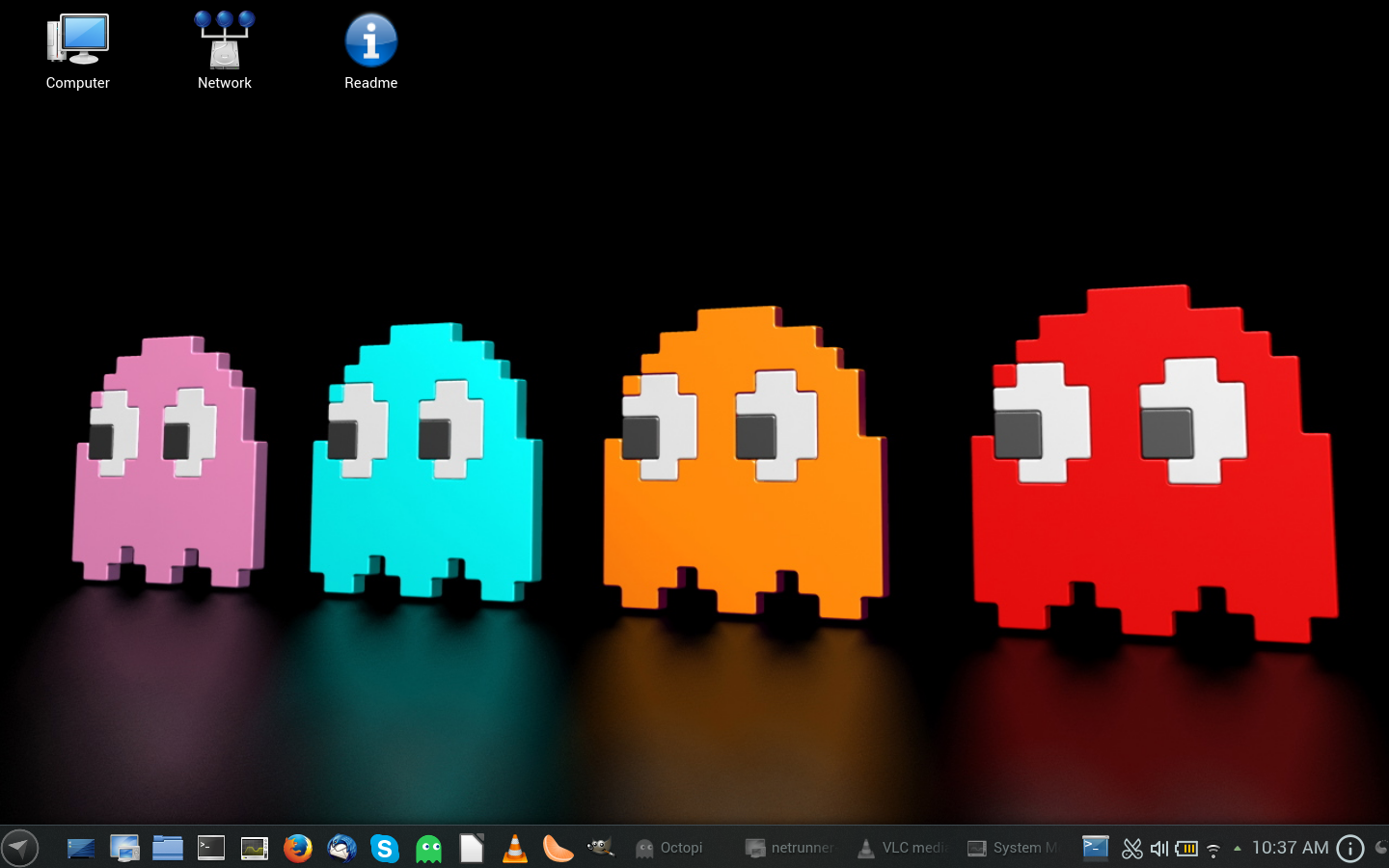
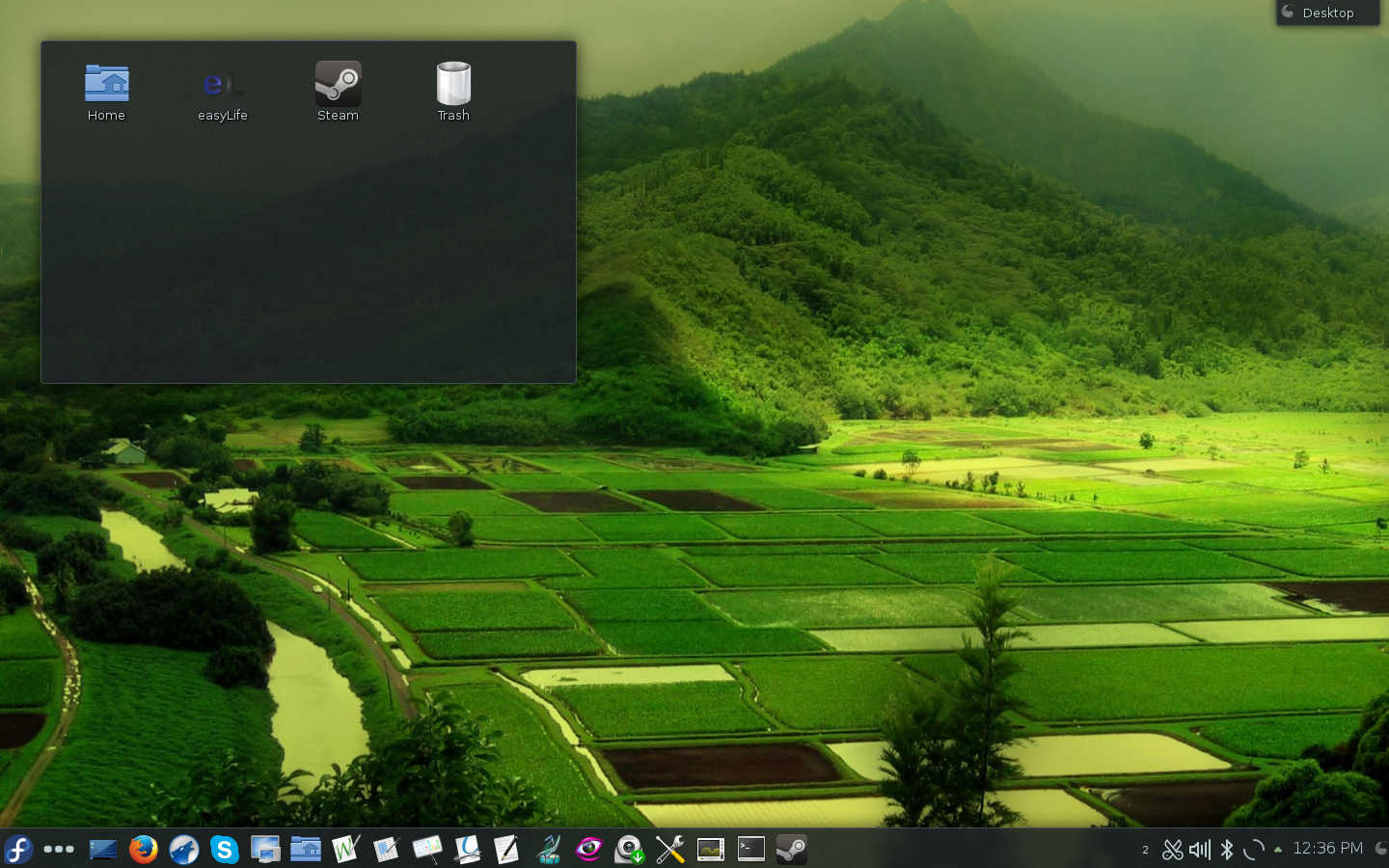
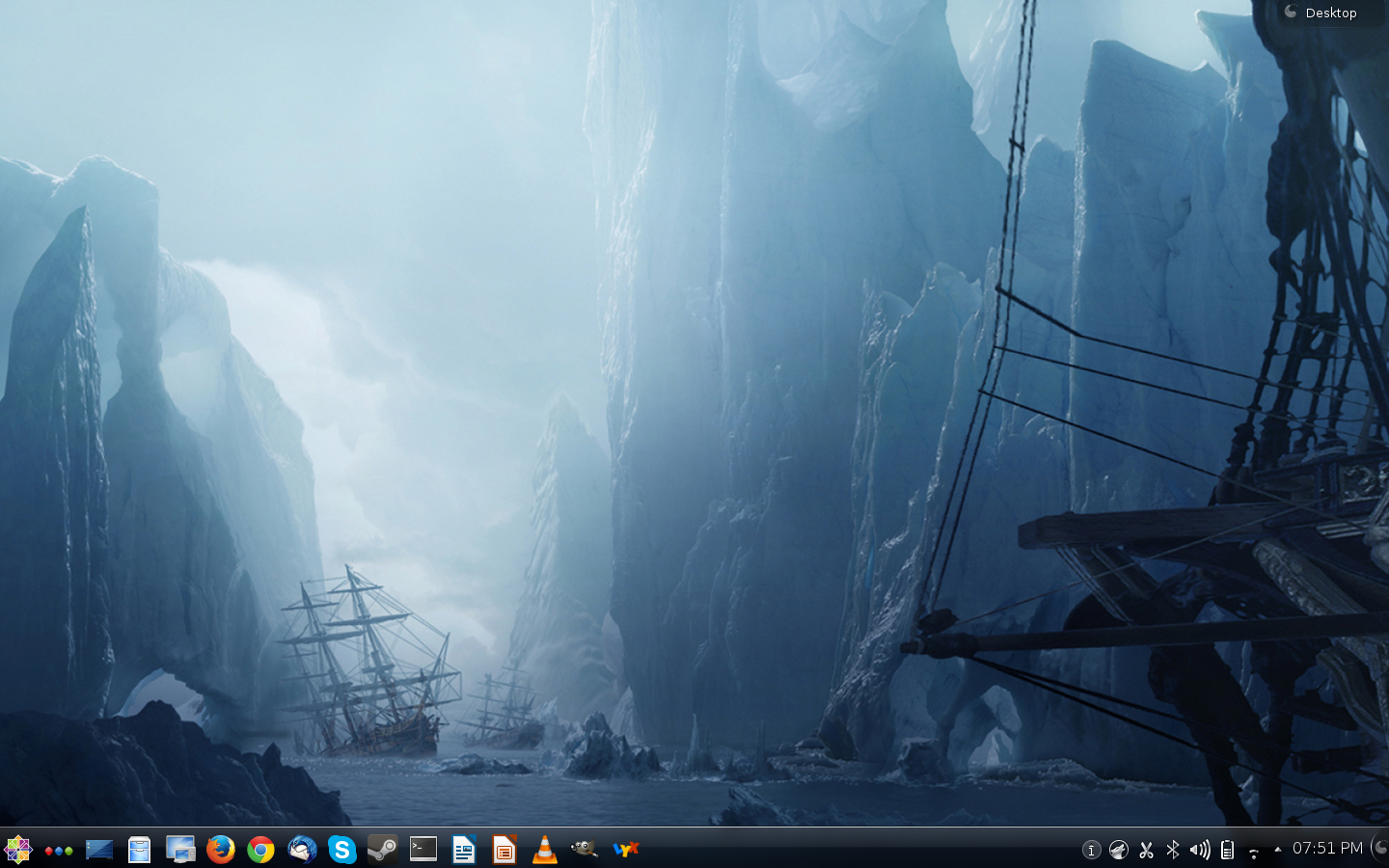
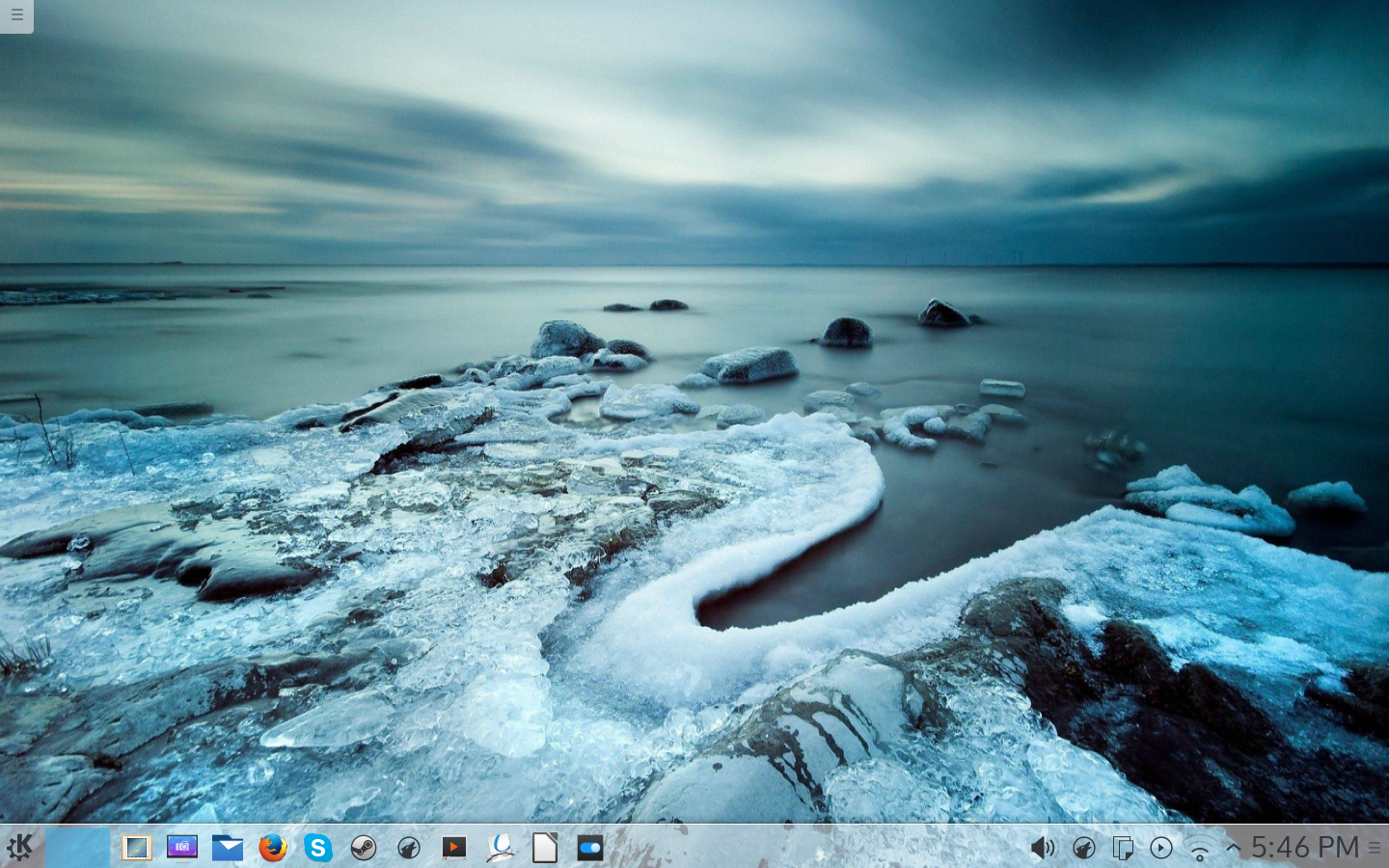
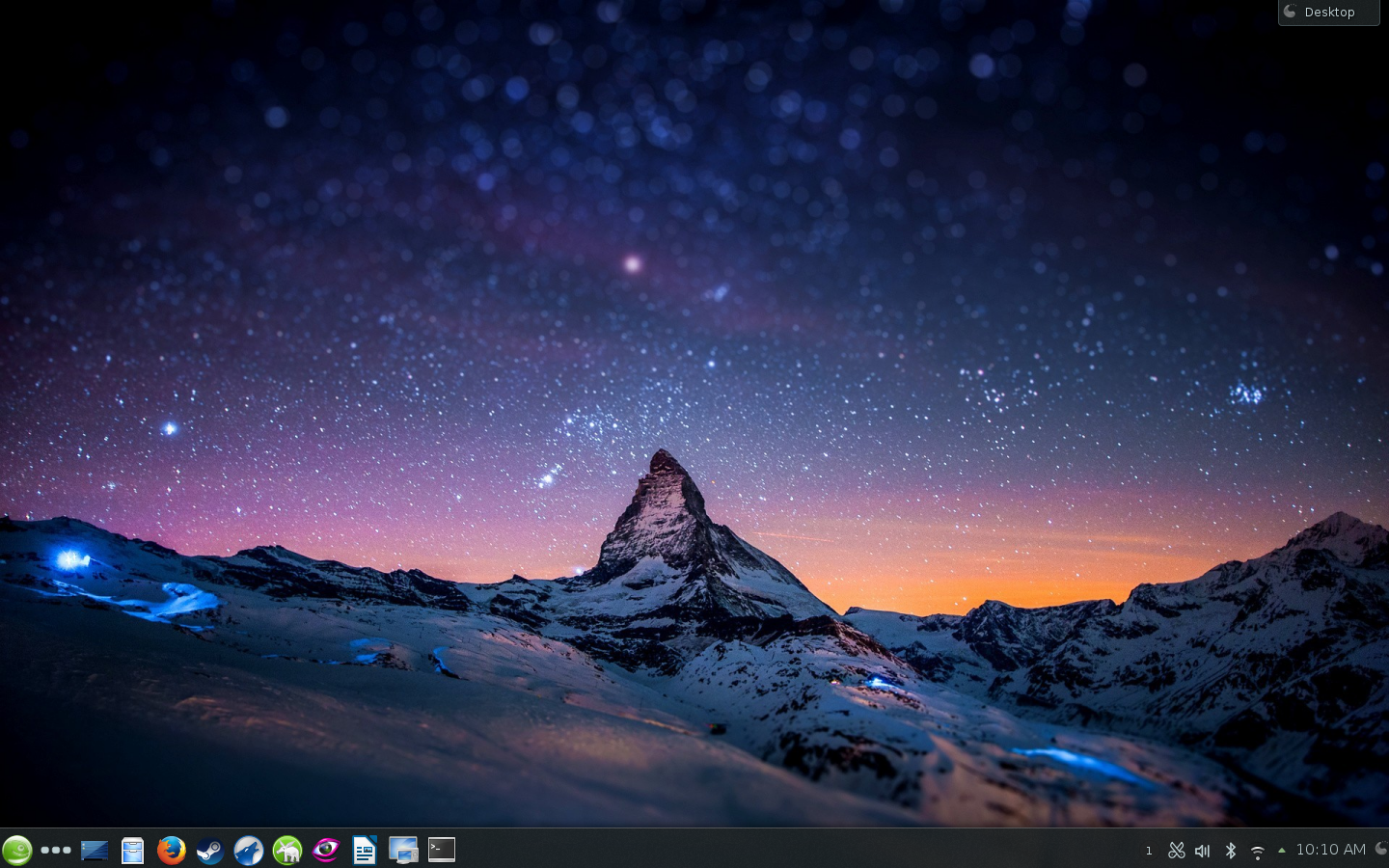



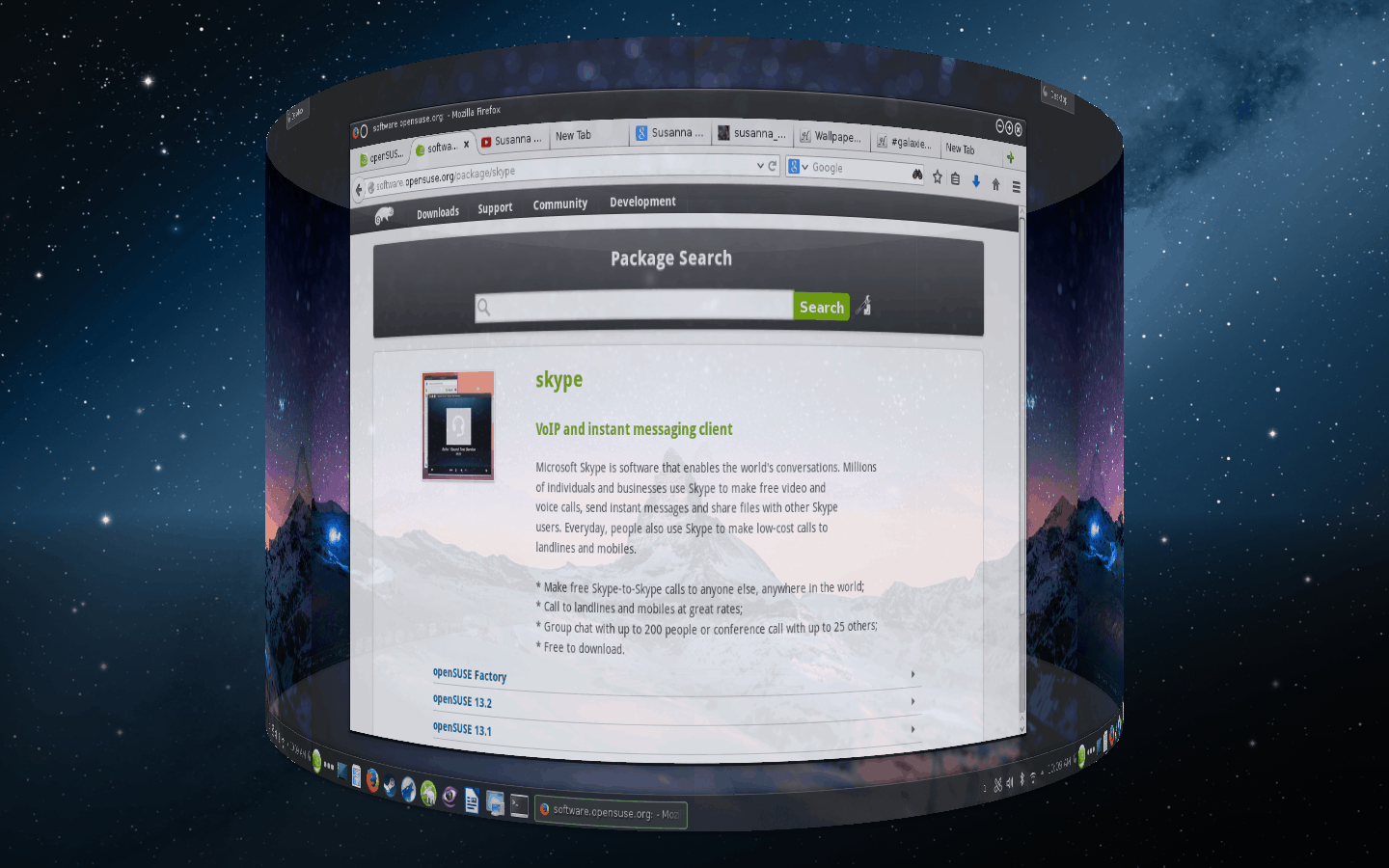
KaOS, you forgot KaOS… also Chakra.
Despite KaOS has first class KDE implementation(my personal opinion),i think, its future is unpredictable and it needs more time..
Opensuse 13.2 deserves the honour this year. Kudos to its team.
My two last 2 years was SolydXK KDE Debian Testing semi-rolling. Solid and great defaults. Recently switched to Netrunner rolling last 7 weeks or so. Yep the latest update was a bit of fiasco. But it was delayed and had way to me extra packages to update leading to more breakage. But they expect future updates to be smoother and less prone to breakage. They added a couple of fixes within a couple of days that fixed most of the issues like Firefox not starting.
Since been a great ride so far. But am looking forward to 5
Mageia 4.1 should have been in the running. Excellent KDE distro.
I’ve been using Debian Wheezy with its now ancient KDE 4.8.4 for a few years now (since it was still the Testing branch) with no issues whatsoever. Boring and requires some geeky massaging to get everything working, but rock solid stable once you do. It’s what saved me from years of hopping from distro to distro, though I still enjoy your writing on this topic and others.
Nice to see you softening on the Arch based distros, which I always liked playing with. I may have gone with one of ’em if they weren’t such bandwidth hogs.
Fedora 20/21 is the winner for me. I don’t like downstream making unnecessary changes or replacing upstream defaults with their own. Something that Fedora doesn’t do unless warranted to maintain compatibility.
+1 kaos
What about OpenSUSE with MATE? Is it as good and stable as Linux Mint or LMDE with MATE?
Yyyyhhh…. Dedoimedo was explicit in the title he is writing about the beast KDE (Kay-Dee-Eee) distro of the year…
I think best distro contests are meaningless because ‘like’ is a subjective thing (I love Dolphin but some people dont) but distros with the same desktop? Thats just splitting public hairs.
Over the years ive used PCLInuxOS, Mandriva, Kubuntu and others and found it hilarious that people would go on because this distros had a different wallpaper or icon.
ITS THE SAME THING.
All those things that differentiate one KDE distro from another? I could care less. No matter what distro I use, I change all the defaults to suit me so wallpapers, icons, themes, borders, max-mininize buttons… everything goes. Oxygen? Ive always hated it with a passion. I like black or that smokey glassy look.
Kubuntu is always a safe bet since 10.04 since its a stock KDE and Ive been working on Debian for a long time so sudo is something I can do in my sleep. Its the one I put on friends and family computers. But from 2006 to about 2010, I loved PCLinuxOS because it had the best wifi. Was it better than others? No. except for the wifi (i was 20/20 installing it on laptops).
I have Mageia and OpenMandriva running on some laptops I rarely use because of my emotional attachment to Mandrake but honestly, i cant tell them apart (I use the same icons, wallpapers and settings and my ‘start’ icon is the same everywhere. (a bullseye)
Yeah, I know that every once in a while a distro goes in a funk where things are buggy for a while but honestly my OS and desktop are an afterthought. They just work. So i forget about it.
As for OpenSuse, a buddy of mine uses it. I couldnt tell you really whats better about it than others.
And honestly I dont care.
The best KDE distro is the one you are using presently and are able to do your work and not think about your desktop. Hearing one more person complain “What about MY distro?” is like hearing 30 1st graders yell “Miss. Miss!! MIIIIISSSSSS!!!!” Its more about hurt feelings “how dare he not mention MY distro?”. People are way too possessive and protective of their desktops, its almost Applish. Especially since most techies have been distro sluts at some point.
But thats life in the Linux world: some topics come back over and over and over again. I can feel a vi vs emac coming on….
Tell me something ‘your’ distro does that no one else does or uses a program no one else does (drakeconf really was better in the days than anything anyone else used except the distros that came from Mandrake-driva) and you might get my interest.
I do admit as I get more distant from the desktop the idea of going back to a rolling release is starting to interest me but really I cant think of anything that would be a deal breaker.
Well, differences come down to:
Package management, system management (e.g. YaST), availability of software.
Long term support, overall stability, third-party stuff (like graphics drivers).
Specifically related to desktop environment? Sometimes.
Some do it better, some less.
But it’s like cars. All have similar components – and then, not quite.
Dedoimedo
My Fav, after 3 Years of testing and distro hopping: ROSA.
Pingback: Best KDE/Plasma distro of 2015 | OCS-Mag